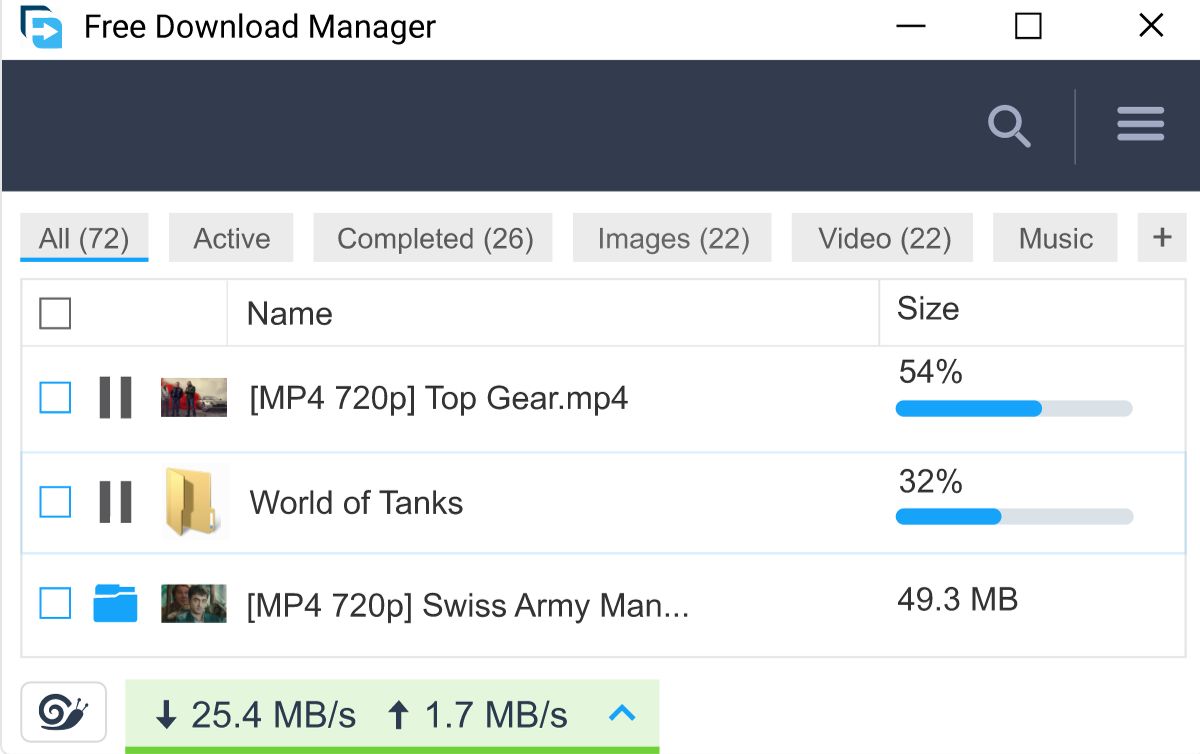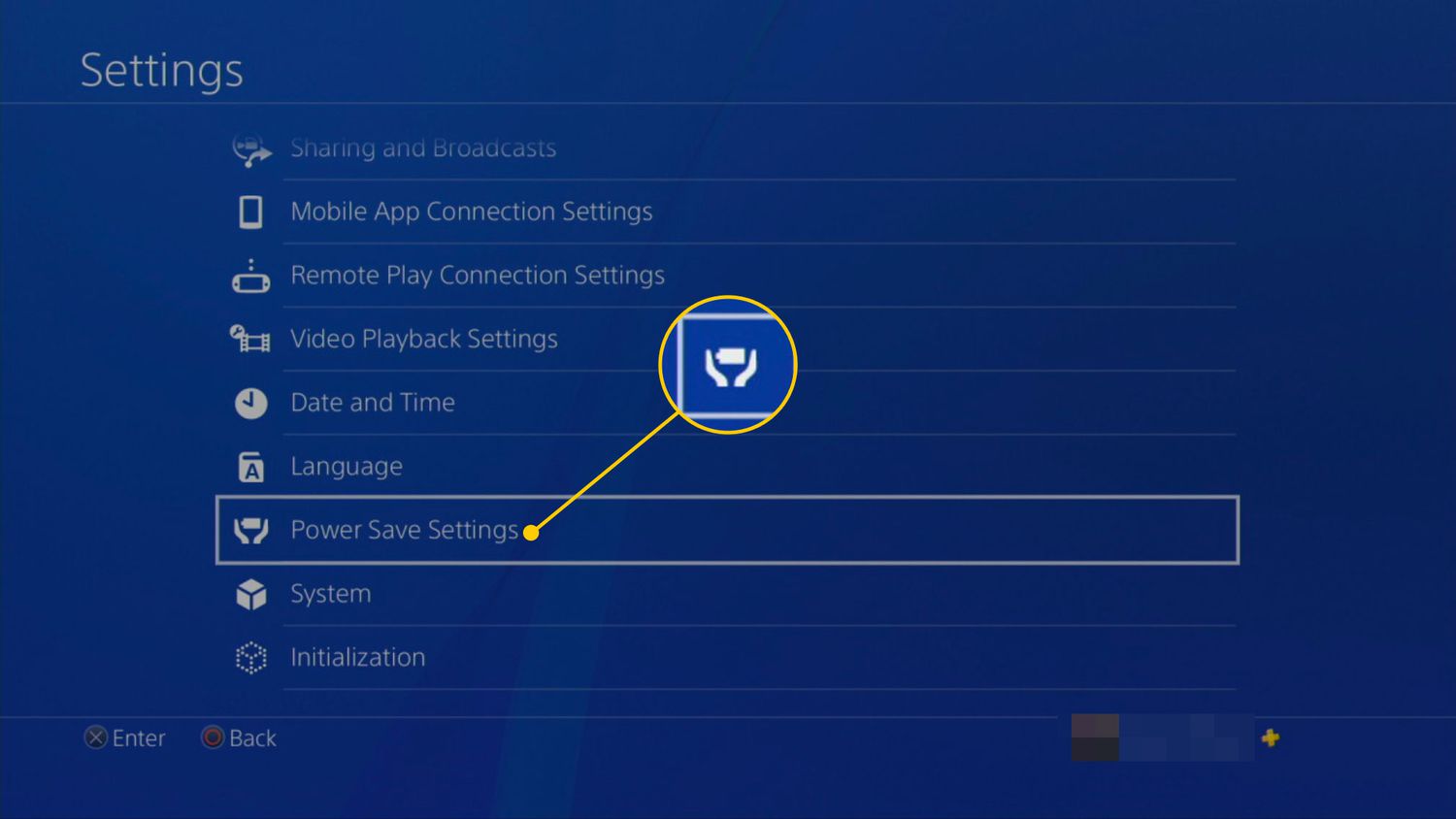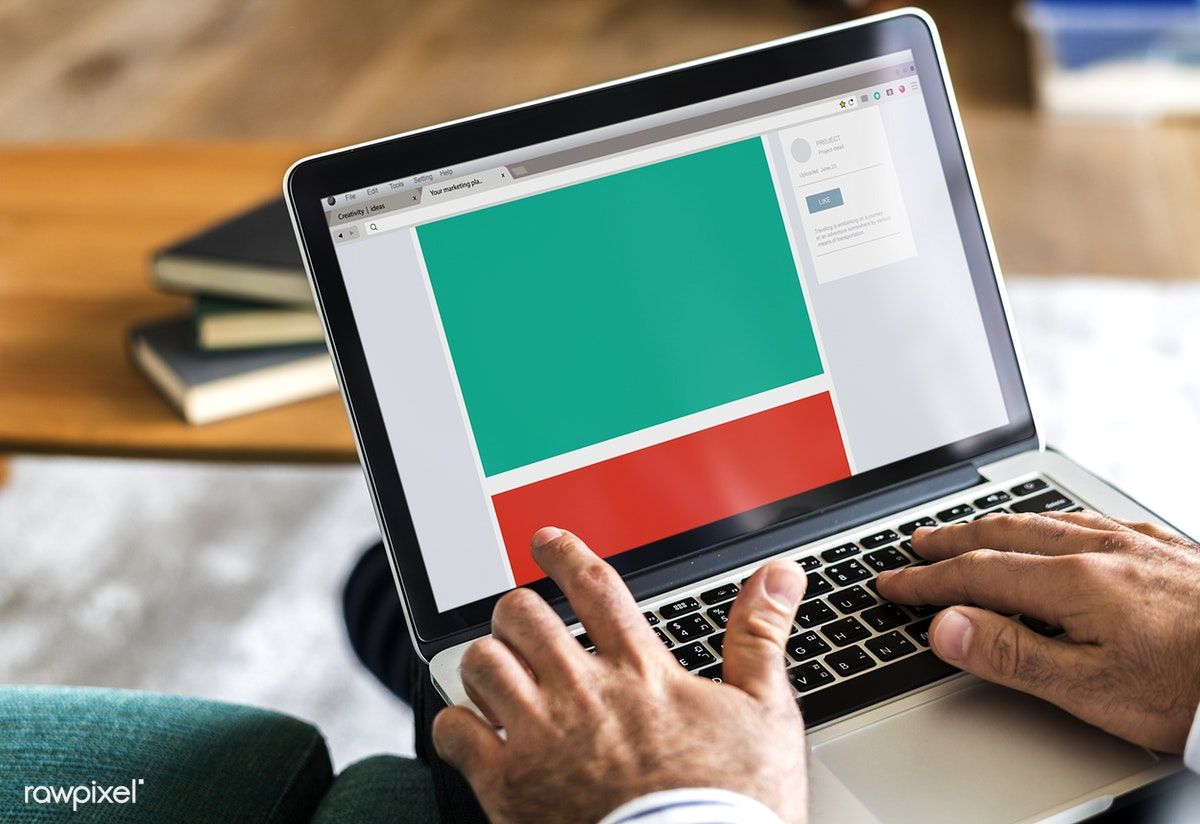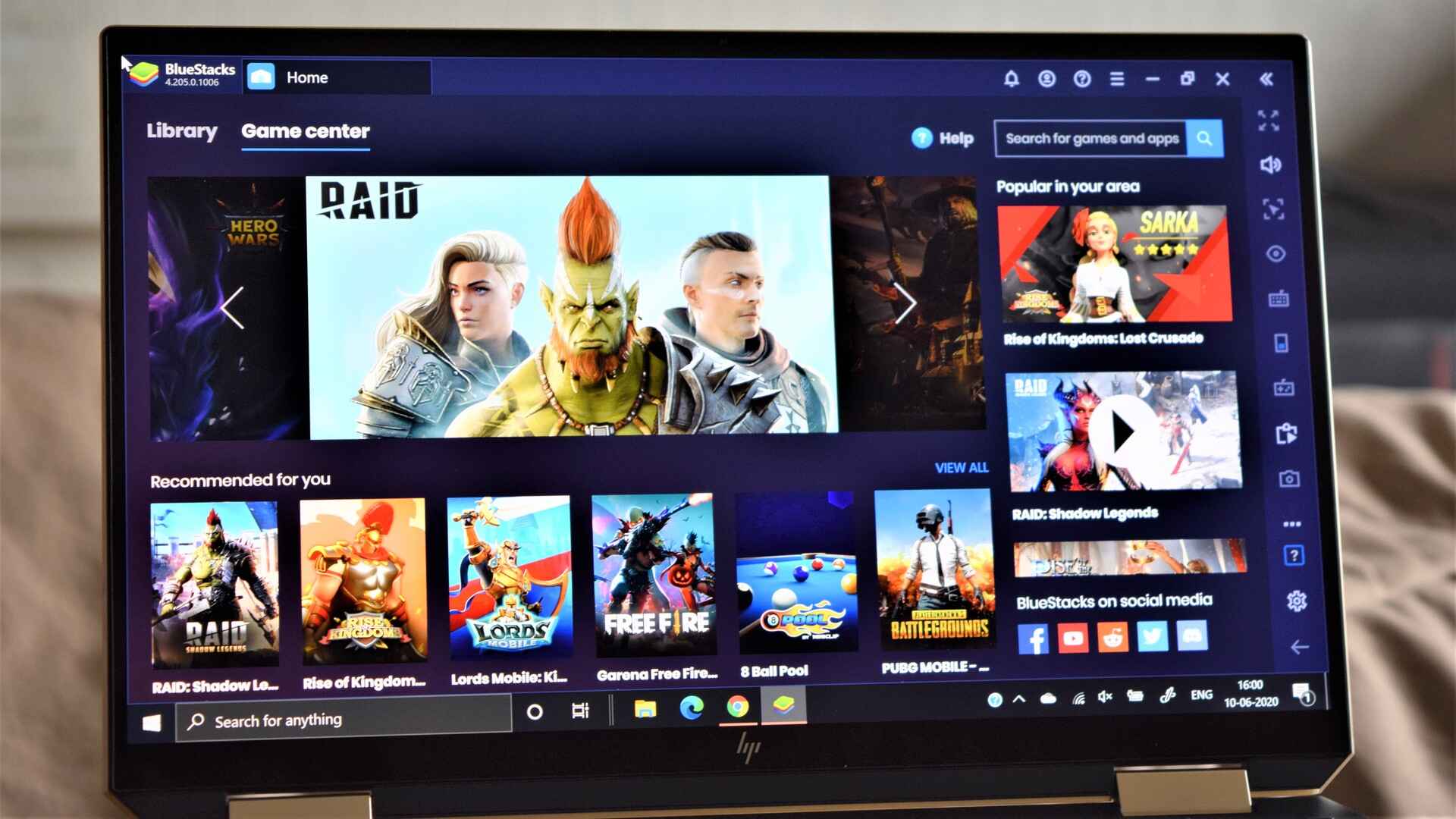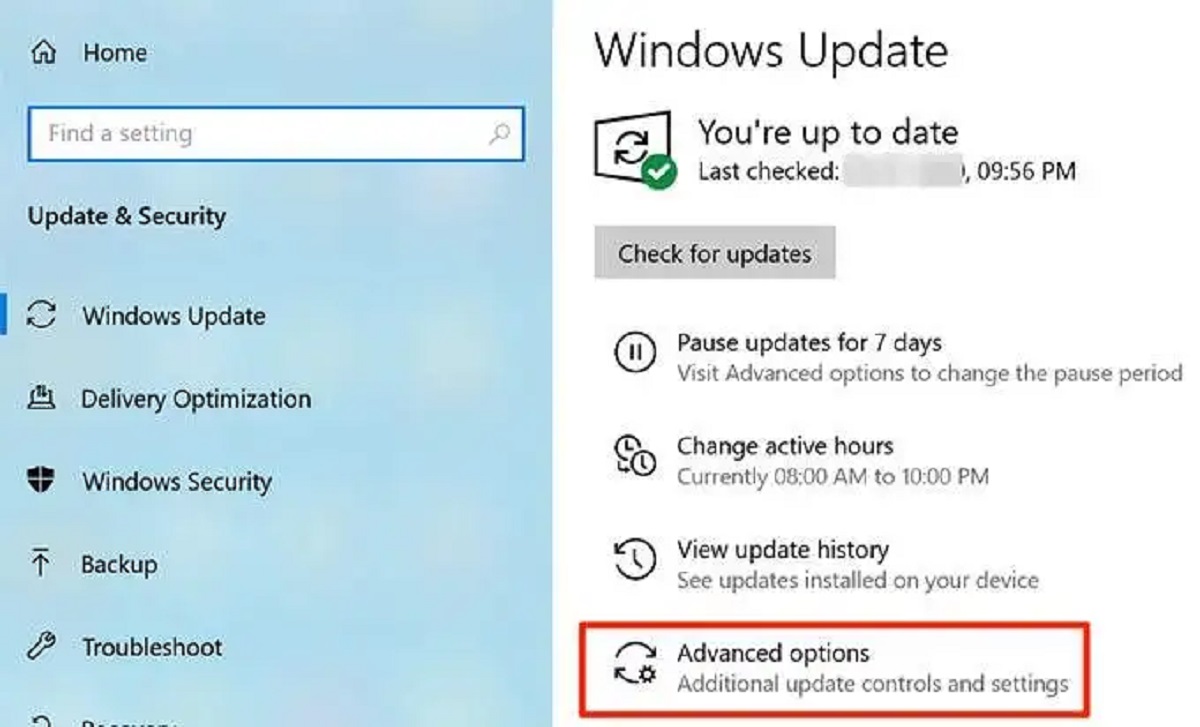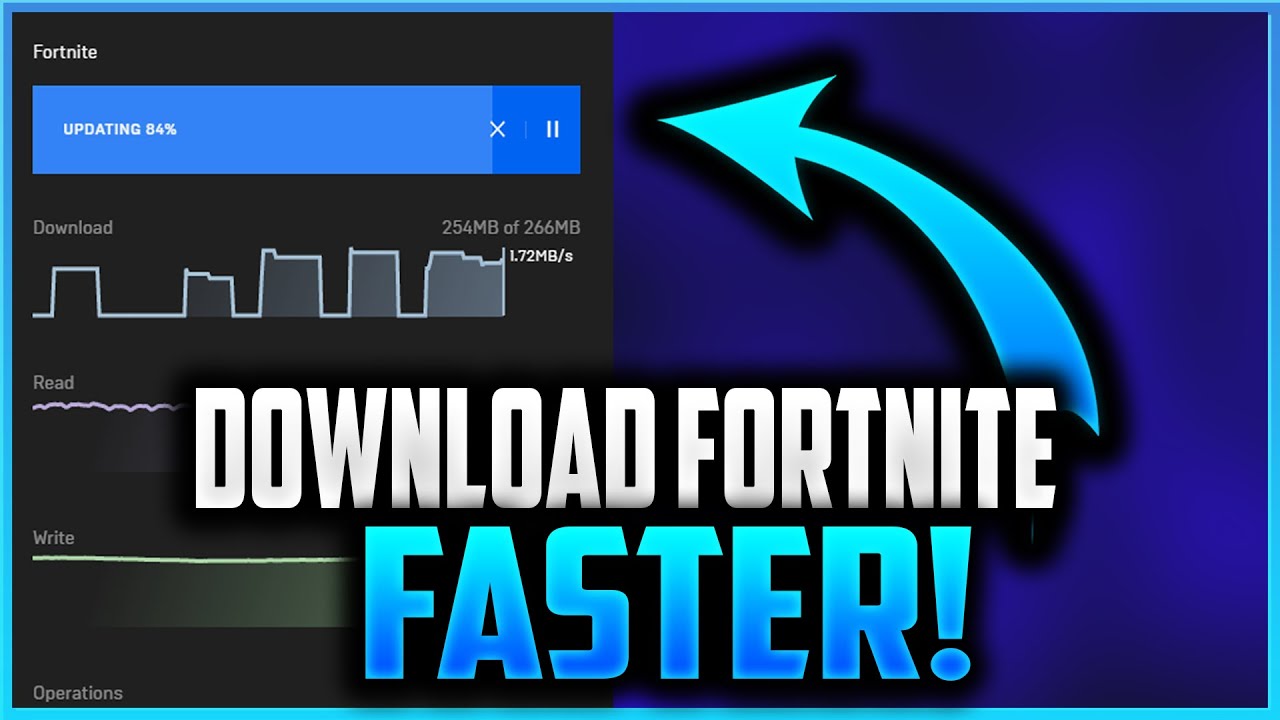Introduction
Welcome to the world of downloading files! Whether you’re a student, professional, or just someone who loves downloading free content, having a reliable and efficient download manager is essential. It helps you organize, schedule, and speed up your downloads, maximizing your productivity and saving you valuable time. One popular option is the Free Download Manager, which offers a wide range of features.
However, if you find that your Free Download Manager is not performing at its best, there are several steps you can take to make it faster. In this article, we will explore these methods and provide you with practical tips to optimize your download speeds.
Before we delve into the specific techniques, it’s important to note that multiple factors can affect your download speed. These include your internet connection, the server speed of the website you’re downloading from, and the file itself. While you may not have control over these external factors, there are ways to optimize your download manager and make the downloading process smoother and more efficient.
In the next sections, we will guide you through different strategies to enhance the performance of your Free Download Manager. From adjusting settings to utilizing external tools, these methods will help you enjoy faster downloads and a more seamless experience overall.
So let’s get started and boost the speed of your Free Download Manager!
Check your internet connection
One of the first steps to take when trying to improve the speed of your Free Download Manager is to check your internet connection. A slow or unstable internet connection can significantly impact your download speeds, regardless of the download manager you’re using.
Start by running a speed test to determine the actual download and upload speeds provided by your internet service provider (ISP). Several websites and apps can help you measure your internet connection’s performance, such as speedtest.net or fast.com. Pay attention to the download speed as this directly affects your download manager’s performance.
If your internet speed test reveals that your connection is slow, there are a few troubleshooting steps you can take:
- Restart your modem and router: Sometimes, a simple restart can resolve connectivity issues and improve speeds.
- Move closer to your router: If you’re using Wi-Fi, the signal strength can decrease with distance. Moving closer to your router or connecting your device directly with an Ethernet cable can improve your speed.
- Check for bandwidth-consuming applications: Certain applications or devices in your network might be consuming a significant amount of bandwidth, causing a decrease in your download speeds. Close any unnecessary applications or consider limiting their bandwidth usage while downloading.
- Upgrade your internet plan: If you consistently experience slow speeds, you might want to upgrade your internet plan to a higher speed tier offered by your ISP.
Once you have optimized your internet connection, you can proceed to the next steps to further enhance the performance of your Free Download Manager.
Adjust the settings
Another effective way to make your Free Download Manager faster is by adjusting its settings to optimize its performance. By fine-tuning the settings, you can customize the download manager to suit your specific needs and maximize its download speed.
Here are some key settings to focus on:
- Parallel Connections: Free Download Manager allows you to download files using multiple connections simultaneously. Increasing the number of parallel connections can improve download speed. Go to the settings menu of your download manager and look for the option to increase the maximum number of connections. However, keep in mind that setting it too high may cause slower speeds due to server limitations or bandwidth restrictions.
- Priority: Prioritize your downloads based on their importance or urgency. This allows the download manager to allocate more bandwidth to the files that matter the most to you.
- Download Location: Choose a location on your computer’s hard drive where your downloads will be saved. Ensure that the location has enough free space and is easily accessible to avoid any potential conflicts or delays.
- Bandwidth Allocation: Adjust the maximum bandwidth allocation for your Free Download Manager. If you want to increase the download speed, allocate a higher percentage of your bandwidth to the download manager.
- Automatic Updating: Keep your Free Download Manager up to date by enabling automatic updates. This ensures that you are always using the latest version, which may include performance improvements and bug fixes.
Take some time to explore the settings menu of your Free Download Manager and experiment with different configurations to find the optimal setup for your needs. Remember, every system is different, so what works for one person may not work for another. Don’t be afraid to test and adjust the settings until you find the best combination for your download speed.
By fine-tuning the settings, you can unleash the full potential of your Free Download Manager and enjoy faster download speeds.
Update the software
Keeping your Free Download Manager software up to date is crucial for optimal performance. Software updates often include bug fixes, security enhancements, and performance improvements that can significantly boost the speed and stability of the download manager.
Here’s how you can update your Free Download Manager:
- Check for updates within the software: Launch your Free Download Manager and navigate to the “Help” or “About” section. Look for an option to check for updates. If an update is available, follow the prompts to download and install it.
- Visit the official website: Alternatively, you can visit the official website of Free Download Manager and navigate to the “Downloads” or “Updates” section. Here, you should find the latest version available for download. Download the update and follow the installation instructions provided.
- Enable automatic updates: To ensure that you never miss an update, enable automatic updates for your Free Download Manager. Check the settings menu of the software or refer to the documentation for instructions on enabling this feature. With automatic updates enabled, the download manager will automatically download and install updates as they become available.
By regularly updating your Free Download Manager software, you can take advantage of the latest optimizations and improvements, which can enhance speed, fix any bugs or glitches, and provide a seamless downloading experience.
Remember to check for updates periodically, as new versions are often released to address performance issues and security vulnerabilities. By staying up to date, you can ensure that you are utilizing the most efficient and stable version of the download manager.
Clear temporary files
Over time, temporary files can accumulate on your system and hinder the performance of your Free Download Manager. These files can take up valuable space and can potentially slow down your download speeds. Cleaning up these temporary files can help improve the overall efficiency of your download manager and optimize its performance.
Here are some steps to clear temporary files:
- Clear browser cache: Most browsers store temporary files, cookies, and cached data to speed up your browsing experience. However, these files can also consume a significant amount of disk space. To clear your browser cache, open your browser’s settings or preferences menu and look for the option to clear browsing data. Select the appropriate options, such as clearing cached images and files, and click on the clear data button.
- Empty the temporary files folder: On Windows operating systems, temporary files are typically stored in a designated folder. To access this folder, open the Run dialog box by pressing Windows + R, then type “%temp%” (without quotes) and hit Enter. This will open the temporary files folder. Select all the files and folders within it and delete them. Note that some files may be in use and cannot be deleted. Skip those files and proceed with deleting the rest.
- Use a third-party cleaning tool: There are several reliable third-party cleaning tools available that can help you remove temporary files from your system more efficiently. CCleaner and Disk Cleanup (built-in tool in Windows) are popular options. Download and install one of these tools, then run a scan and follow the instructions to clean up temporary files and free up disk space.
By clearing temporary files, you can create more storage space and potentially improve the performance of your Free Download Manager. This allows the download manager to operate more efficiently, resulting in faster and smoother downloads.
Make it a regular habit to clear temporary files, as they can quickly accumulate and impact the overall performance of your computer and download manager.
Limit the number of simultaneous downloads
While it might be tempting to have multiple downloads running simultaneously, having too many active downloads can put a strain on your internet connection and reduce the overall speed of each download. Limiting the number of simultaneous downloads in your Free Download Manager can help improve the performance and speed of each individual download.
Here’s how you can adjust the settings to limit the number of simultaneous downloads:
- Open your Free Download Manager: Launch the download manager software on your computer.
- Access the settings: Navigate to the settings or preferences menu of your Free Download Manager.
- Find the download settings: Look for the option that allows you to control the number of simultaneous downloads.
- Adjust the limit: Decrease the maximum number of simultaneous downloads to a number that aligns with your internet connection’s capabilities. The optimal number will depend on your internet speed, the size of the files being downloaded, and the overall performance of your computer.
- Save the settings: Once you have set the desired number of simultaneous downloads, save the settings before exiting the preferences or settings menu.
By limiting the number of simultaneous downloads, you allow your Free Download Manager to focus its resources on a smaller number of files, resulting in faster download speeds for each individual file. This can help prevent bottlenecks and reduce the overall strain on your internet connection.
Keep in mind that the optimal number of simultaneous downloads may vary depending on your specific circumstances. It’s recommended to experiment with different settings to find the sweet spot that allows for efficient download speeds without overwhelming your internet connection.
By finding the right balance, you can maximize the performance of your Free Download Manager and enjoy faster and more reliable downloads.
Disable unnecessary features
Free Download Manager offers various features and functionalities to enhance your downloading experience. However, having unnecessary features enabled can consume system resources and potentially slow down the performance of your download manager. Disabling these features can help streamline the software and improve its overall speed.
Here are some features you can consider disabling:
- Browser integration: Free Download Manager offers browser integration, allowing you to directly download files from your web browser. While this feature can be handy, it can also impact the performance of your browser and the download manager. If you don’t frequently use this feature, consider disabling it to free up system resources.
- Download notifications: Free Download Manager may display notifications or pop-ups whenever a download is completed. If you find these notifications distracting or unnecessary, disabling them can help reduce the software’s resource usage.
- BitTorrent support: If you don’t use BitTorrent for downloading files, disabling the BitTorrent support feature in Free Download Manager can streamline the software and allocate more resources to other downloads.
- Media conversion: Free Download Manager offers a built-in media converter for converting downloaded videos or audio files to different formats. If you rarely use this feature, disabling it can improve the performance of the download manager.
- Automatic traffic control: This feature allows Free Download Manager to adjust the download speed automatically based on your browsing activity. Disabling this feature gives you more control over the download speed and prevents any interruptions while browsing.
To disable unnecessary features in Free Download Manager, follow these steps:
- Open your Free Download Manager: Launch the software on your computer.
- Access the settings or preferences: Navigate to the settings or preferences menu within the download manager.
- Find the feature settings: Look for options related to the features mentioned above.
- Disable the features: Uncheck the boxes or toggle the settings to disable the features you don’t need.
- Save the settings: Once you have disabled the unnecessary features, save the settings before closing the preferences or settings menu.
By disabling unnecessary features, you can streamline your Free Download Manager and allocate system resources more efficiently. This can result in improved speed and responsiveness, allowing for faster and smoother downloads.
Remember to only disable features that you don’t use or need, as some features may offer valuable functionality depending on your download requirements.
Use a download accelerator
If you’re still looking for ways to further boost the speed of your downloads in Free Download Manager, consider using a download accelerator. Download accelerators are third-party tools specifically designed to optimize and accelerate the downloading process, providing faster download speeds and improved performance.
Here are some popular download accelerators you can try:
- Internet Download Manager (IDM): IDM is a powerful download accelerator that integrates seamlessly with popular web browsers. It splits downloads into multiple parts, allowing for faster and more efficient downloading. IDM offers advanced features such as automatic file segmentation, resume capabilities, and scheduling options.
- JDownloader: JDownloader is a free and open-source download manager that can significantly speed up your downloads. It supports simultaneous downloads, CAPTCHA recognition, and premium account management. JDownloader also has a large community of users who continuously contribute to the software’s improvement.
- EagleGet: EagleGet is a free download accelerator that offers accelerated download speeds and improved performance. It supports downloading from multiple sources simultaneously and integrates seamlessly with popular web browsers. EagleGet also offers additional features like video sniffer and batch downloading.
- Download Accelerator Plus (DAP): DAP is a feature-rich download accelerator that aims to maximize download speeds. It utilizes parallel connections and intelligent file partitioning to boost download speeds. DAP also offers video preview, download scheduling, and browser integration.
To use a download accelerator with Free Download Manager, follow these steps:
- Choose a download accelerator: Select a download accelerator from the options mentioned above or explore other options available online.
- Download and install the accelerator: Visit the official website of the chosen download accelerator and download the installer. Run the installer and follow the on-screen instructions to install the software on your computer.
- Integrate with Free Download Manager: Most download accelerators have the option to integrate with other download managers, including Free Download Manager. Look for integration options within the settings or preferences menu of the download accelerator. Enable the integration with Free Download Manager to combine the acceleration capabilities of the accelerator with the features of Free Download Manager.
- Start using the download accelerator: Once the integration is enabled, start using the download accelerator by copying the download links and initiating the download process from within the accelerator. The accelerator will take over the downloading process and utilize its optimization techniques to enhance the download speed.
Using a download accelerator alongside Free Download Manager can provide an additional speed boost and improve overall downloading performance. Explore different options and find the download accelerator that best suits your needs and preferences.
Use a different download manager
If you have tried various optimizations and are still not satisfied with the speed and performance of Free Download Manager, it may be worth considering using a different download manager. While Free Download Manager offers a range of features, there are other download managers available that may better suit your needs and provide faster download speeds.
Here are some alternative download managers you can explore:
- Internet Download Manager (IDM): IDM is a popular and widely used download manager known for its fast download speeds and comprehensive feature set. It integrates seamlessly with web browsers, supports resume capability, and allows for schedule downloads.
- JDownloader: JDownloader is an open-source download manager that supports simultaneous downloading from multiple sources. It offers a range of features such as automatic file extraction, CAPTCHA recognition, and night mode.
- Download Accelerator Plus (DAP): DAP is a feature-rich download manager with a focus on speed and performance. It utilizes file splitting and parallel connections to accelerate downloads. DAP also offers features like video preview, auto-resume, and download scheduling.
- EagleGet: EagleGet is a free download manager that supports accelerated downloads and integrates with popular web browsers. It offers features like multi-threaded downloads, automatic malware checking, and batch downloading.
To switch to a different download manager, follow these steps:
- Choose a download manager: Evaluate the features and capabilities of each download manager listed above or explore other options available online. Select the one that best fits your requirements.
- Download and install the new download manager: Visit the official website of the chosen download manager and download the installer. Run the installer and follow the provided instructions to install the software on your computer.
- Configure the new download manager: Open the newly installed download manager and configure the settings according to your preferences. Set the download location, adjust the number of simultaneous downloads, and configure any other options that enhance your downloading experience.
- Start using the new download manager: Copy the download links and initiate the download process using the new download manager. Monitor the download speeds and overall performance to see if it meets your expectations. Adjust the settings as necessary to optimize the download manager’s performance.
By switching to a different download manager, you may find that it offers improved speed, better integration with web browsers, and a more intuitive user interface. Explore different options to find the download manager that best suits your needs and provides faster and more reliable downloads.
Conclusion
Downloading files with ease and speed is essential for many individuals, and having a reliable and efficient download manager can greatly enhance this experience. In this article, we explored various methods to make your Free Download Manager faster and optimize its performance.
We started by checking your internet connection and ensuring it is stable and fast. A slow connection can significantly impact download speeds, so optimizing it is vital. Adjusting the settings of your Free Download Manager is another effective way to improve its performance. By fine-tuning options like parallel connections and download location, you can customize the manager to suit your specific needs.
Keeping your Free Download Manager up to date is important, as software updates often include performance improvements and bug fixes. Additionally, clearing temporary files can help free up disk space and improve the overall efficiency of the download manager.
Limiting the number of simultaneous downloads and disabling unnecessary features in Free Download Manager can also help optimize its performance. By focusing on fewer downloads and reducing resource consumption, you can maximize download speeds and improve system responsiveness.
For those seeking an extra boost in download speeds, utilizing a download accelerator or considering a different download manager can be worth exploring. These tools offer enhanced speed and additional features that may better suit your requirements.
In conclusion, by following these tips and implementing the suggested strategies, you can optimize your Free Download Manager and enjoy faster, more efficient downloads. Experiment with these methods to find the combination that works best for you, and happy downloading!







